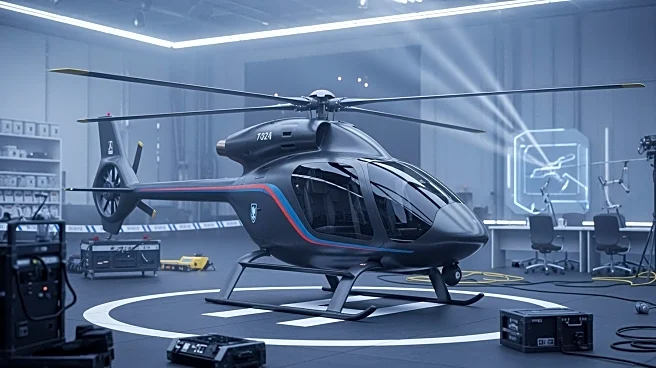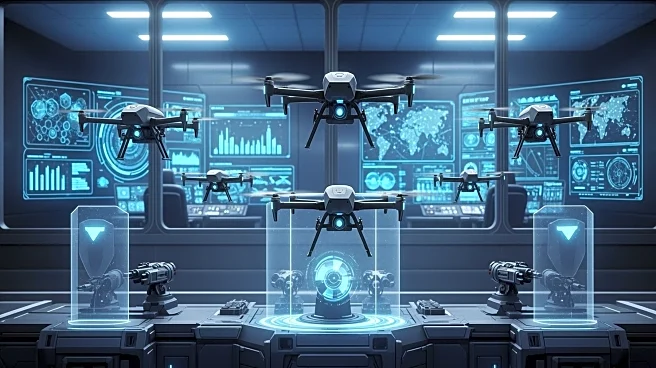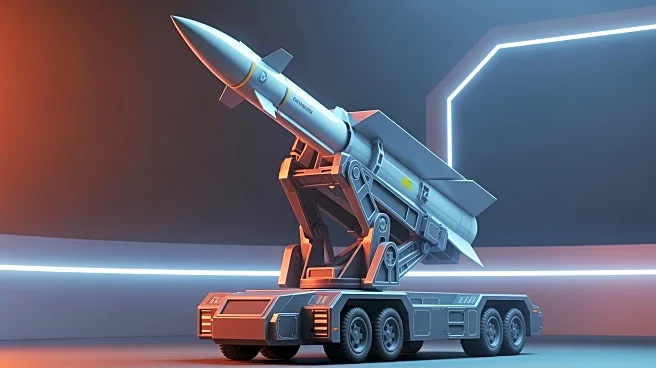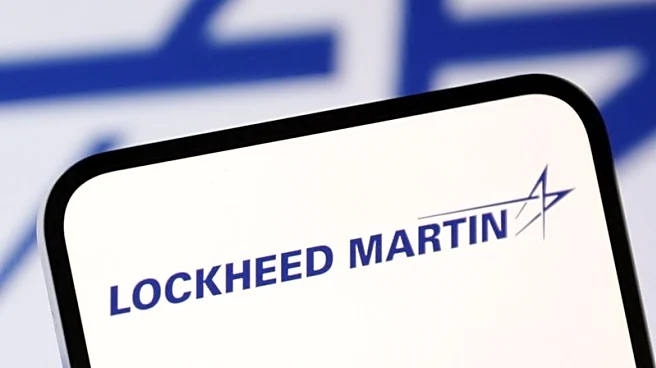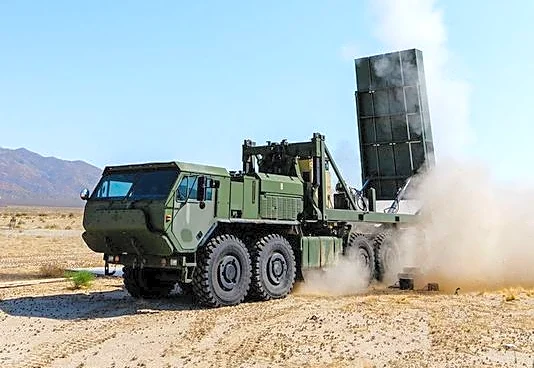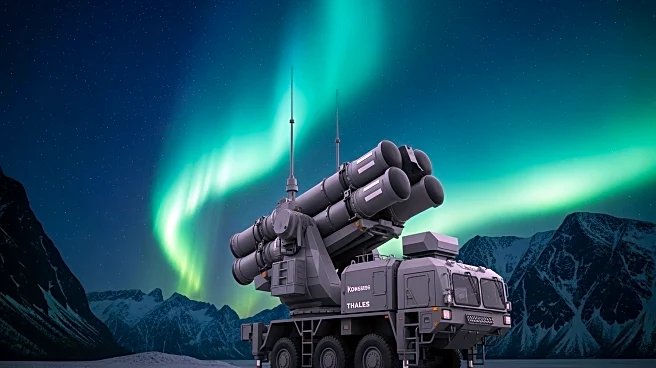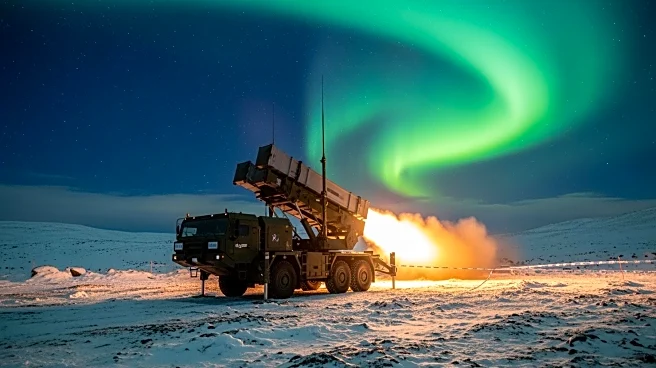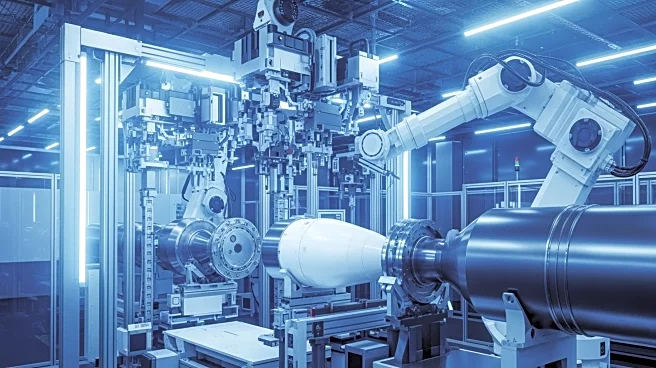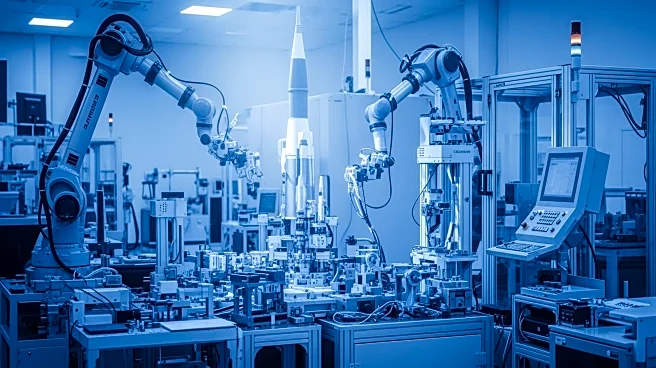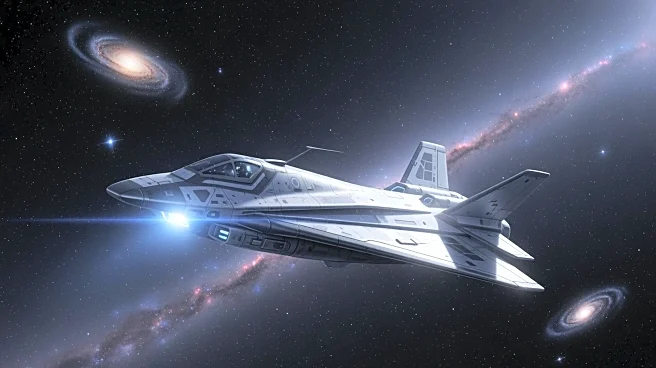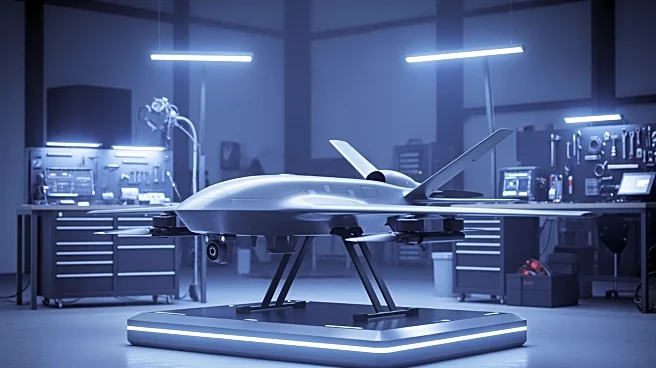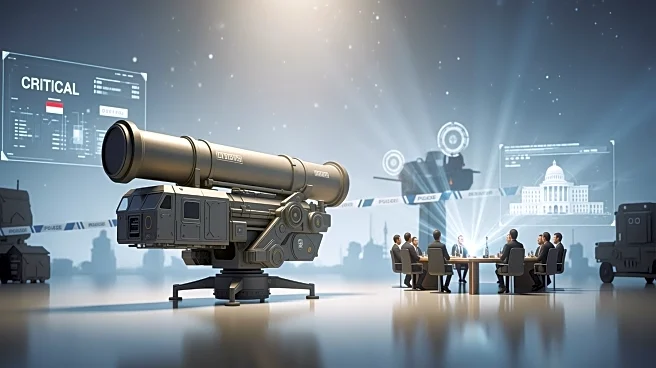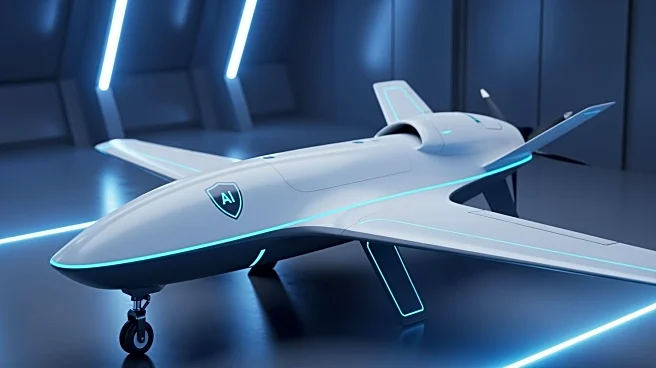What's Happening?
Sikorsky, a subsidiary of Lockheed Martin, has unveiled a new autonomous variant of the UH-60 Black Hawk helicopter, named the U-Hawk. This uncrewed aerial system (UAS) is designed to operate without a physical pilot or crew, offering 25% more cargo space
than its predecessor. The U-Hawk can be controlled by a single soldier using a tablet, allowing it to carry up to 10,000 lbs. of supplies or military equipment such as HIMARS rocket pods. The prototype is expected to take its first flight in 2026, with potential integration into the U.S. military's inventory shortly thereafter.
Why It's Important?
The development of the U-Hawk represents a significant shift towards automation in military aviation, reflecting the growing importance of drones in modern warfare. By eliminating the need for a crew, the U-Hawk reduces risk to personnel and increases operational efficiency. This innovation aligns with global military trends focusing on unmanned systems, potentially enhancing the U.S. military's logistical capabilities and strategic flexibility. The U-Hawk's compatibility with existing UH-60s ensures easier maintenance and integration, making it a cost-effective addition to military operations.
What's Next?
The U-Hawk is set to undergo its first flight in 2026, with further testing to ensure its effectiveness and reliability. If successful, it could be rapidly adopted by the U.S. military, influencing future procurement strategies and operational doctrines. Stakeholders, including military leaders and defense contractors, will likely monitor its performance closely, considering its implications for future autonomous systems development.
Beyond the Headlines
The introduction of the U-Hawk raises ethical and strategic questions about the role of autonomous systems in warfare. As militaries increasingly rely on drones, issues such as accountability, decision-making in combat, and the potential for reduced human oversight become pertinent. The U-Hawk's development may also spur advancements in related technologies, such as AI and remote control systems, further transforming military operations.
